From the Kingdom of Benin to the arts of the Yoruba, Nigeria is home to ancient and vibrant art traditions.
c. 15th century–present
From the Kingdom of Benin to the arts of the Yoruba, Nigeria is home to ancient and vibrant art traditions.
c. 15th century–present
What is the art of Nigeria?
We're adding new content all the time!
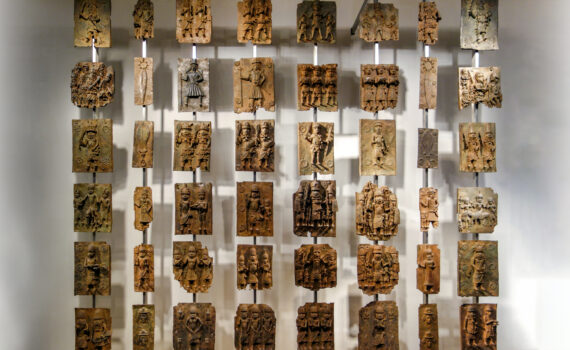
Prince Gregory Akenzua asserts, “[the] artwork can be said to represent the history of the Benin people for centuries. It was taken from us. It was like ripping pages out of our history.”
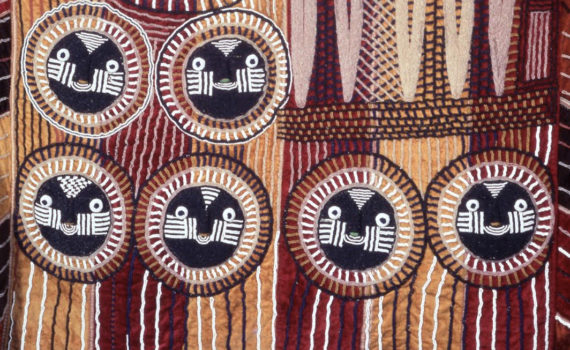
In style, the Dejì’s robe is an example of the type of large, loose-fitting gowns worn by elite men as prestige attire across western Africa.
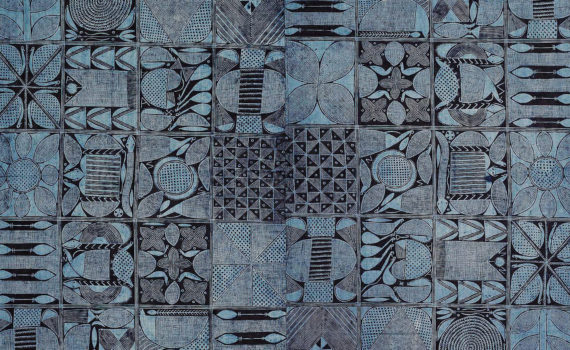
The art of adire is one of continual change and innovation adapting to shifting social and economic circumstances.
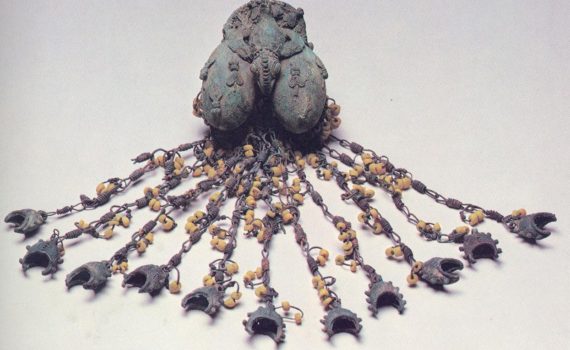
The bronzes from Igbo-Ukwu have intricate designs and symbolism, and demonstrate technical virtuosity.
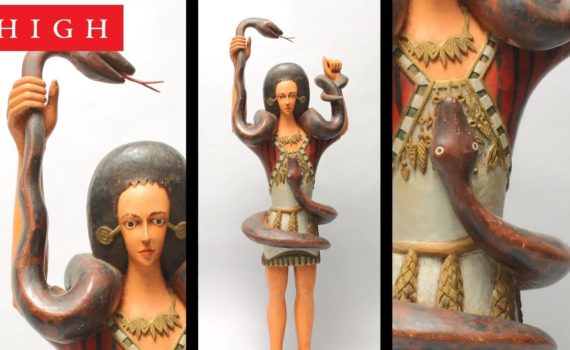
This large sculpture was made for Mami Wata, pidgin English for “Mother of Water," a charismatic being of great spiritual power celebrated in West and Central Africa and reimagined as deities such as La Sirene (Haitian Vodou) and Yemanjá (Candomblé and Umbanda) in Afro-Atlantic spiritual traditions.
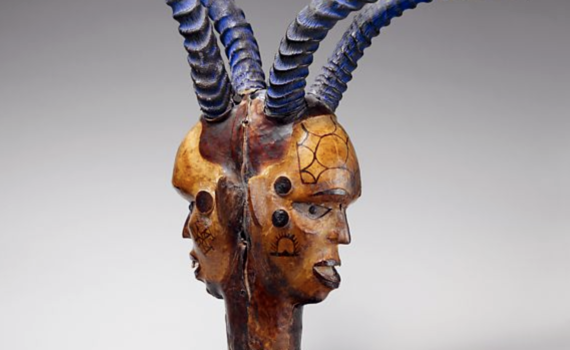
This exceptional mask has a solid wooden core carved with two similar faces in opposing directions, often referred to as a Janus face.
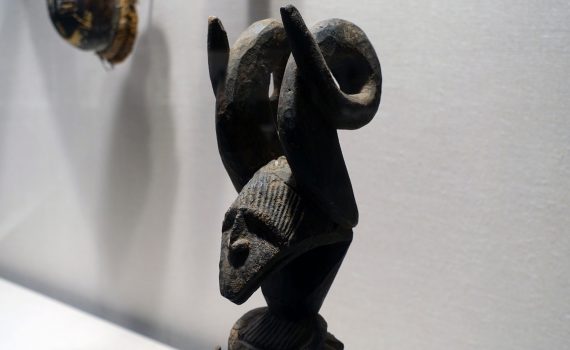
These carved wooden figures have human faces but animal attributes, and reflected the achievements of their owners.
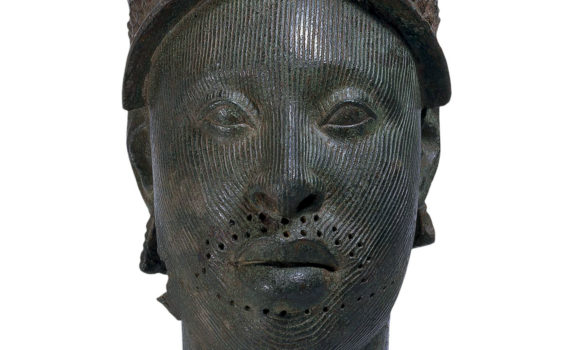
This brass head clearly portrays a person of status and authority, possibly a king (ooni) of Ife
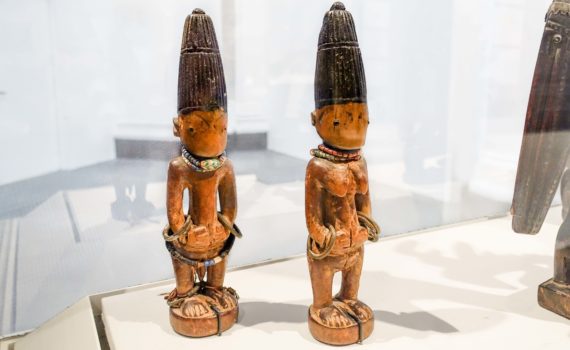
Twin figures known as Ère Ìbejì reveal how a Yorùbá mother navigates the loss of twins
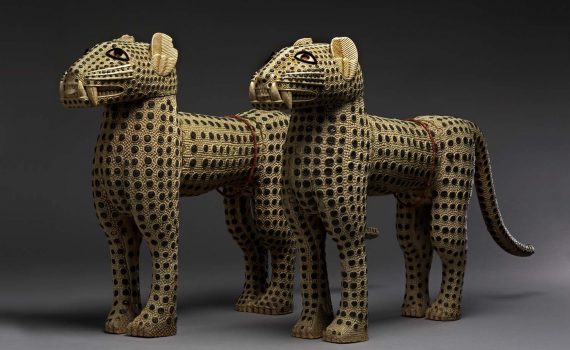
Royal patrons, artists, and power in the Kingdom of Benin.
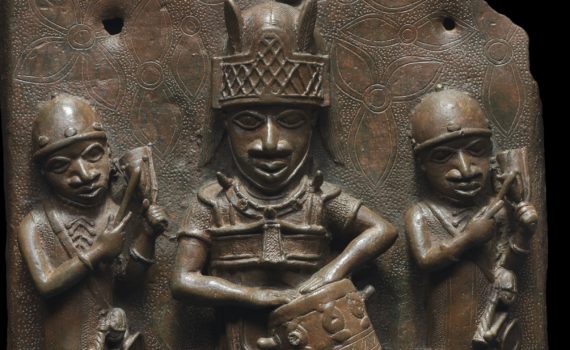
The audience hall in the palace in Benin City communicated to visiting ambassadors, traders, courtiers, and subjects the power and wealth of the Oba, or king.
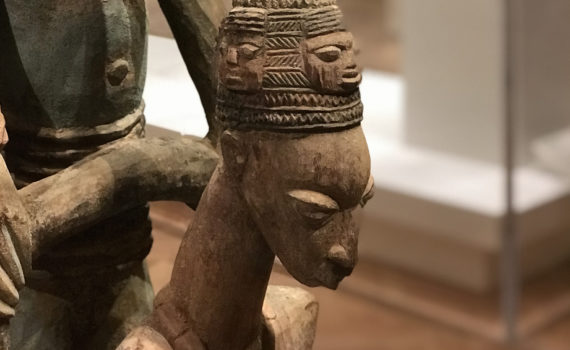
The convention of elongating the figure can be seen in many of Olowe’s carvings, to visually highlight the importance of the head that holds the inner spiritual power, dignity and strength, and sacredness of one’s destiny.